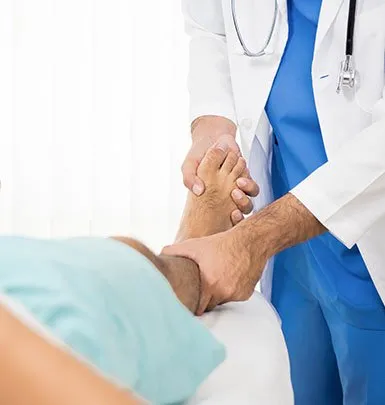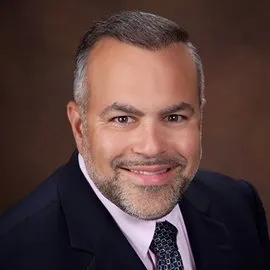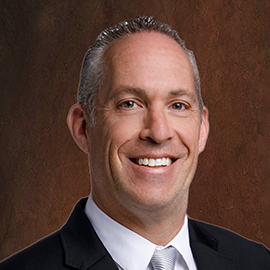ACL Tear Treatment
Our muscles, joints and bones all work together to help our body move. One of the important fibers that helps connect our bones are the ligaments. The anterior cruciate ligament (ACL) located diagonally in your knee is the one that connects the femur (or the thigh bone) to the tibia (the shin bone) and helps prevent your femur from moving away from the knee joint. It’s an important ligament that stabilizes the tibia from rotating out of the knee as well. If stretched beyond its normal range of motion, such as by intensive running, losing coordination while jumping, or sudden twisting movements, the ACL can be torn. Unfortunately, ACL tearing is one of the most common sport-related injuries; sports that involve such movements include basketball, football, and skiing.
Though each person experiences tearing differently, common symptoms include hearing a “pop” at the time of injury, leading to swelling, loss of motion and trouble standing on your leg. Ligaments are incapable of healing by themselves, as they do not have their own blood supply that other organs and muscles do, so usually additional help like surgery is needed. At the doctor, you may be administered an x-ray or MRI to evaluate your ACL and to check if any of your other knee cartilages and ligaments have been damaged. Then, your doctor may examine your knee by a “Lachman’s test”, by placing their hand on your thigh and shin and pulling on your tibia to feel for softness. A soft, mushy endpoint indicates that the ACL has been torn.
A tear can sometimes be treated nonsurgically through rehabilitation. People with more sedentary lifestyles usually don’t want to have surgery, or children with developing growth plates will also have surgery delayed. You may be advised on some lifestyle changes to prevent further instability, and will be instructed on muscle strengthening exercises.
Even so, a nonsurgical approach may not be enough, and if your tear does not improve you should consider further options. In order to successfully “repair” a ligament, it must be reconstructed by surgical means. If you have an active lifestyle or are a serious athlete, you’ll probably have to get surgery. After your ACL surgery, postoperative care is important to prepare for rehabilitation. The repaired area must be kept clean and dry, and is iced to reduce the pain and swelling. You may be given a brace to stabilize your knee, and may have to walk with crutches. You may also be told to take non-steroidal anti-inflammatory (NSAIDs) to help with pain management.
However, the most crucial treatment of post ACL surgery is physical therapy. The assigned exercises are used to help strengthen your thigh and calf muscles to further support your knee again, and to regain your knee’s motion and flexibility. During the rehabilitation period, a knee brace usually isn’t needed, but some patients opt to wear one for comfort and security. Consult with your doctor at the Joint Team in Fort Myers, Estero and Naples to see what ACL treatment is right for you. With the care of your Joint Team doctor and commitment to rehabilitation, your knee should be healed in a matter of months.
To learn more about ACL Tear treatment options in the Fort Myers, Estero and Naples area, contact Orthopedic Center of Florida.
Resources
- Achilles Tendon and Frequently Asked Questions
- Foot & Ankle Arthritis
- Bunions and Frequently Asked Questions
- Heel Pain
- Adult Acquired Flatfoot
- Ankle Sprains
- Charcot’s Neuroarthropathy
- Diabetic Foot
- Hammer Toe
- Ingrown Toenails
- Morton’s Neuroma
- Peroneal Tendonitis
- Plantar Fasciitis
- Stress Fractures of the Foot and Ankle
- Tarsal Tunnel Syndrome

Meet our Foot & Ankle Doctors:
Andrew M. Belis, DPM, FACFAS, FASPS
ABFAS Board Certified: Foot Surgery ABFAS Board Certified: Reconstructive Rearfoot & Ankle Surgery ACFAS OCF Foot & Ankle Surgical Fellowship Director Podiatry Specialties Conditions Treated Complex Trauma (Ankle and Foot...
Michael R. Black, DPM
Double Board Certified Podiatric SurgeonOrthopedic Services and Sports Medicine SpecialtiesPodiatry[button...
Jeffrey E. Kleiman, DPM
Board Certified Foot & Ankle SurgeonPodiatryAnkle and Foot...
Patricia Nicholas, DPM
Podiatry DoctorPodiatry SpecialtiesConditions TreatedCorns...




